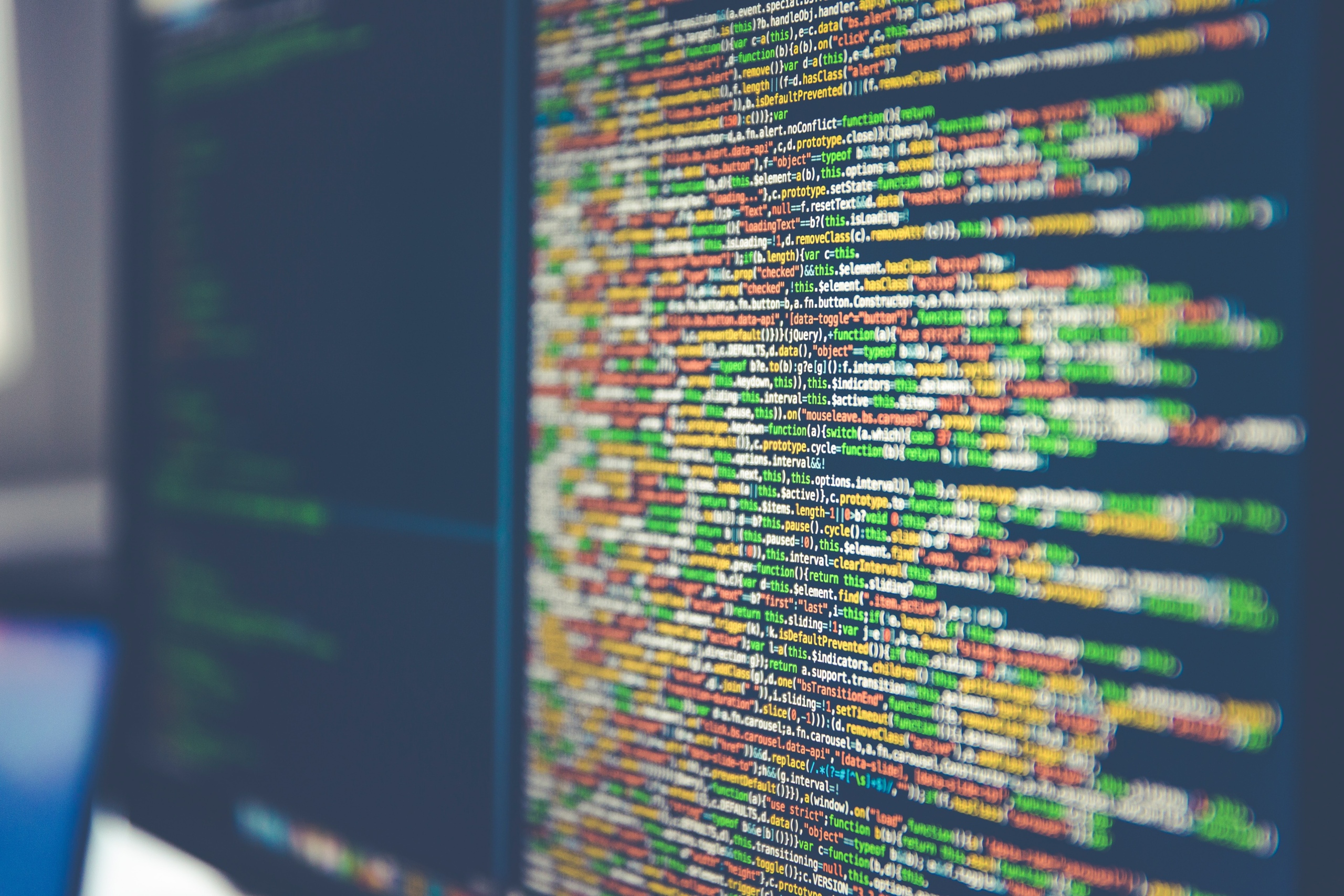If there’s one thing we’ve been complaining about, it’s our hectic lifestyle. Commuting to work can be extremely stressful and arriving at your desk with a workload already waiting can seem rather daunting. Fortunately, times are changing and ideally for the better. Believe it or not, the offices of the future will be very pleasant places to spend time in. Some of the improvements are already happening, while the others await us just around the corner.
Here are some trends that employers have started to introduce into the workplaces of today:
Sitting is the new smoking
If we can have smartphones, why shouldn’t we have smart working stations too? Companies that have implemented these on their office floors are certainly ahead of the game. Sedentary lifestyle is a slow killer, exposing you to higher risks of: cancer, osteoporosis, back/neck pain, type 2 diabetes, and so on. Indeed, sitting jobs are very dangerous, so responsible employers have already reacted by installing sit-stand working stations, or desks with adjustable height, with the right anti-fatigue mats to secure proper body position.
Going green
In the past, nobody paid much attention to whether their company was recycling, but the situation couldn’t be more different now. These days one of the deciding factors for prospective employees is whether an organisation is dedicated to creating a sustainable environment. Offices are now literally becoming more green – more plants are being introduced to separate the office space instead of walls to improve an employee’s overall sense of wellbeing.
More comfort, less formality
You’ve probably all seen Google’s extreme offices across the world, but comfort is defined differently for various organisations. Bean bags and slides don’t really work for everyone – could you imagine a lawyer sliding down a pole to deliver briefing notes to a colleague on a lower floor? There’s no need to go to extremes, but it is certain that the offices will be more millennial-friendly. This simply means they will be designed to encourage collaboration and communication as opposed to restrictive desk culture. We can still expect some funky lounge and meeting areas, but the focus is to make offices feel more informal and less rigid.
Hot desking
Organisations are now trialling hot desking in an attempt to reduce overhead costs of desks and computers for each individual employee. Studies show that not all employees will attend work each and every day, so why have resources going to waste? It is also designed to increase cross-team collaboration but some people are against the concept saying it makes employees feel less valued.
3D printed buildings
In just 10 years or so, 3D printed buildings could soon become the norm. This will reduce the amount of labour required for construction but architects are sceptical. They believe this will encourage identical building designs that look dull and ordinary, in effect creating a step backwards in modern architecture.
Voice calling the office
Imagine working in your office, going through papers, and getting ready for your presentation. You simply say to Alexa, ”Prepare the teleconference with Jack”. You could use it to send reports, set your timetable, and so on. The only downside lies in the fact that you need your own closed space for this. Alexa might get confused if it overhears Priya from Accounts instead of your request.
Sense of belonging
As you have probably noticed, the offices of the future aren’t just about the latest advances in office design and technology. It’s about improving the wellbeing of employees as happy workers are more productive workers. Humans have an instinctive desire to be social and belong to certain societies, groups, or clubs. Some companies are going the extra mile to encourage a sense of belonging within the office to ensure workers perform at their best.
Lights
It has been scientifically proven that natural light is the best for our eyes and productivity. Some of us work better in the morning compared to after the lunch break and into the afternoon. Employers are starting to take notice of the fact that our concentration varies during the day. To solve this, organisations are installing adjustable time-sensor lights – glowing brighter in the periods when our concentration is lower. And wherever there is an opportunity to install windows or skylights to allow natural sunlight, companies will be rewarded with higher productivity.
Thinking rooms
We can expect more open offices, but companies may be neglecting the need for quiet zones required for concentration. For this reason, you can expect to see special rooms which will be used in cases when workers feels the need to isolate themselves. Removing yourself from others can help promote problem solving for critical issues, or coming up with new ideas.
Extra facilities
We’ve all grown accustomed to gyms and lounges, but how about a hairdressers, dentist or laundromat? It’s a clever tactic to encourage employees to spend more time at work and less time away from the office.
We can’t say we aren’t looking forward to all of the above, can you? Generation X has done a good job by refusing to accept just anything for the sake of production and profits. In the era of cutting edge technology, it comes as a surprise that the focus in the future trends isn’t just about the latest gadgets, but it’s about improving the working atmosphere.
Are You Ready for Your Future Office?





